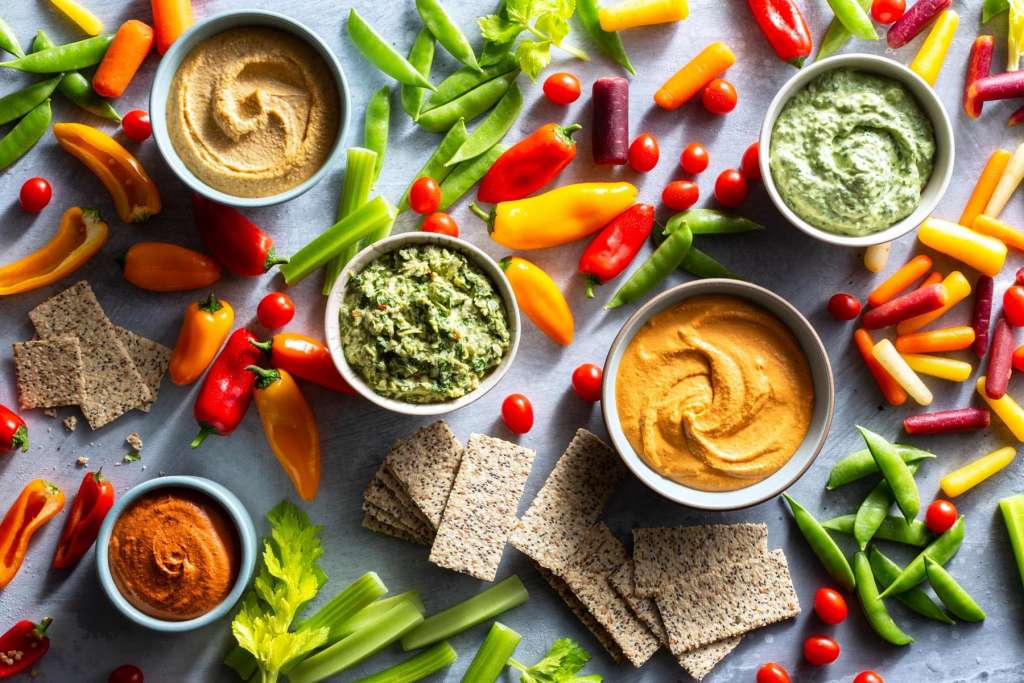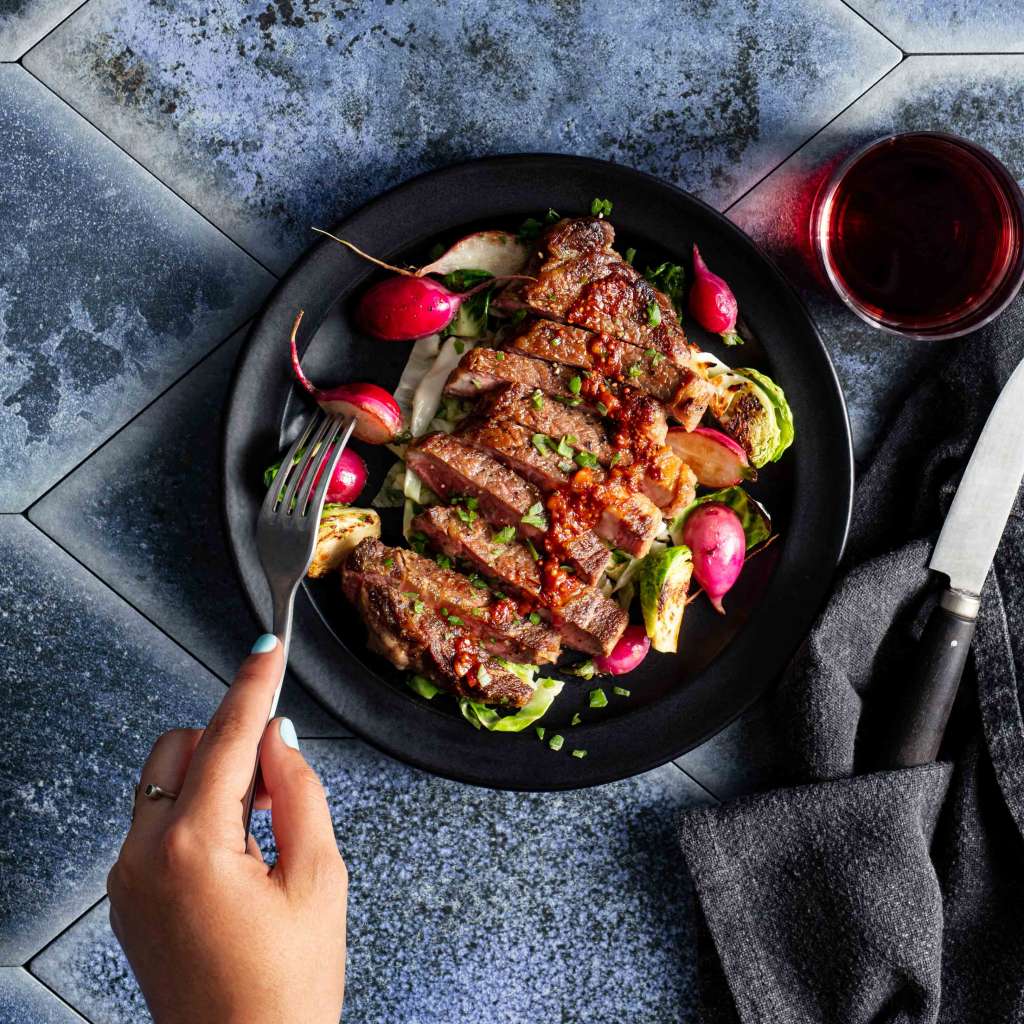Choosing the Right Cooking Oil

Almost every Sun Basket recipe calls for cooking oil from your pantry, either olive oil or a neutral cooking oil. We admit that’s a pretty broad request, as there are literally dozens to choose from. What type of oil you go with depends largely on how you’re using it and its flavor. Here’s how to choose the right one for the job.
Read the label.
Keep an eye out for words like virgin (and extra virgin if you’re using olive oil), organic, cold-pressed, unfiltered, or unrefined. These terms indicate a quality product. Some olive and nut oils will be marked with a harvest date, stating when the fruits or nuts were harvested and milled. Choose the freshest oil on the shelf for the best flavor.
-
Avoid blended oils. Oil made from a blend of different oils sometimes called “vegetable oil,” usually has a poor flavor and can increase inflammation, which has been linked to cancer, heart disease, arthritis, dementia, and diabetes.
-
Consider an oil’s smoke point. When heating oil in a pan, first it shimmers, then it starts to smoke. The temperature at which the oil begins to smoke, or the smoke point, which is key to knowing what oil to use. Once an oil is heated past its smoke point, the fat starts to break down, releasing harmful free radicals and toxins. Overheated oils will begin to degrade, develop a rancid flavor, and release potentially dangerous ignitable gases.
For Salads:
Flavor is the number-one concern when you’re choosing an oil that’s not going to be heated. Pull out your best-quality extra virgin olive oil, or splurge on a flavor-packed walnut or sesame oil, for salad dressings and uncooked sauces like pesto or chimichurri. These also make great condiments for drizzling on roasted or raw vegetables.
For Sautéing:
Look for oils with a medium smoke point, at least 350°F. A virgin olive oil (not your top-shelf extra virgin stuff), coconut oil, and grapeseed oil are all good choices
For Stir-Frying:
You want an oil with a high smoke point, around 450°F or higher. Peanut and safflower oil are both good choices. Stir-fries cook fast, which means you want an oil that can be heated extra hot to so the ingredients will both brown quickly and retain some of their crunch.
Illustration by @boccaccinimeadows








